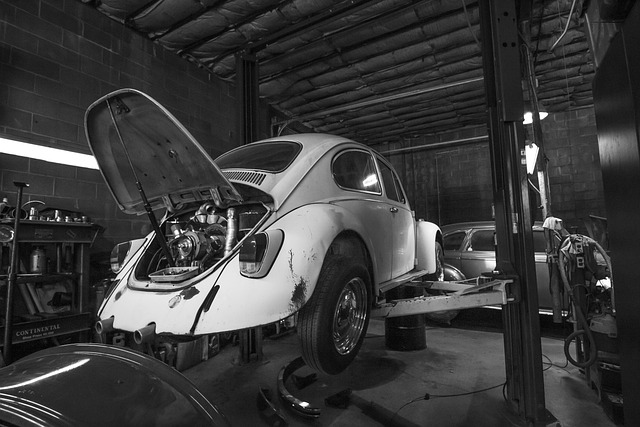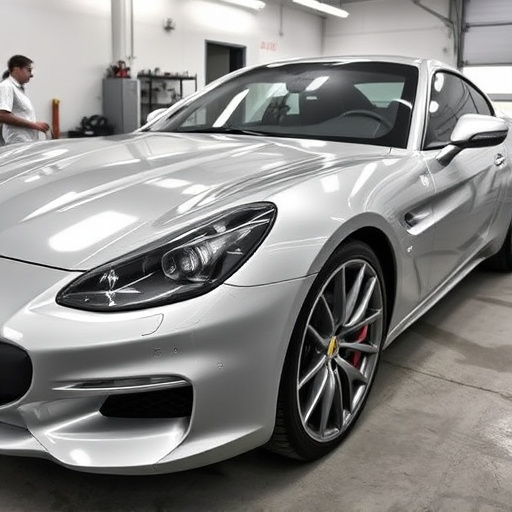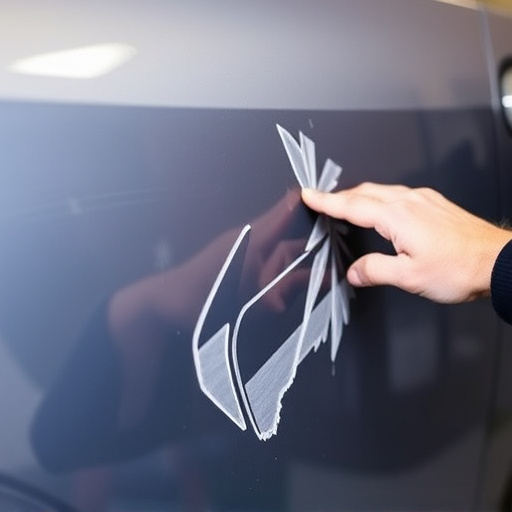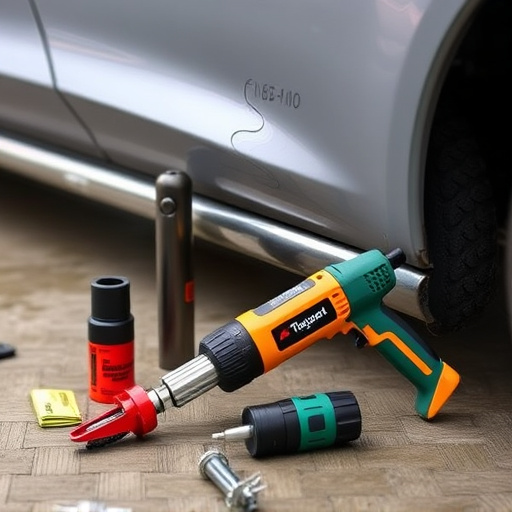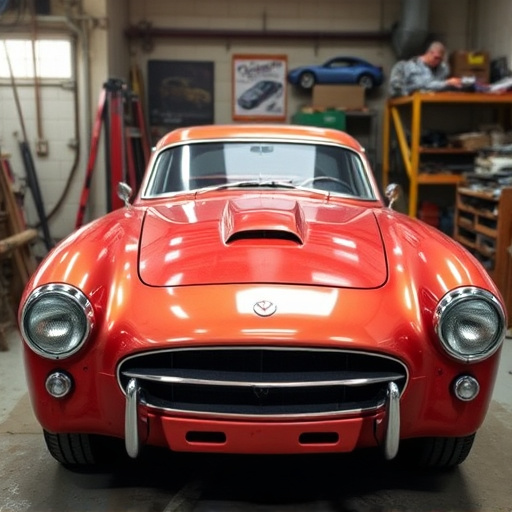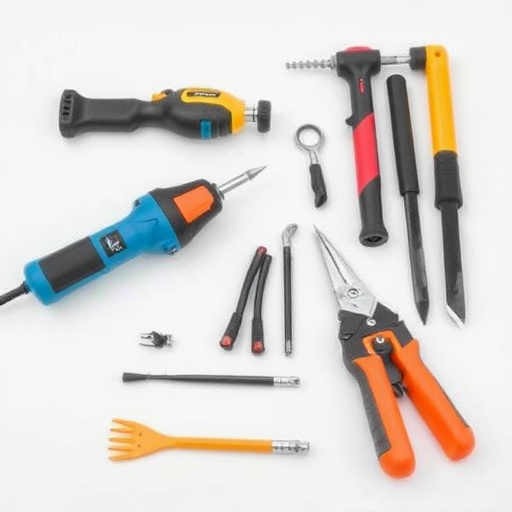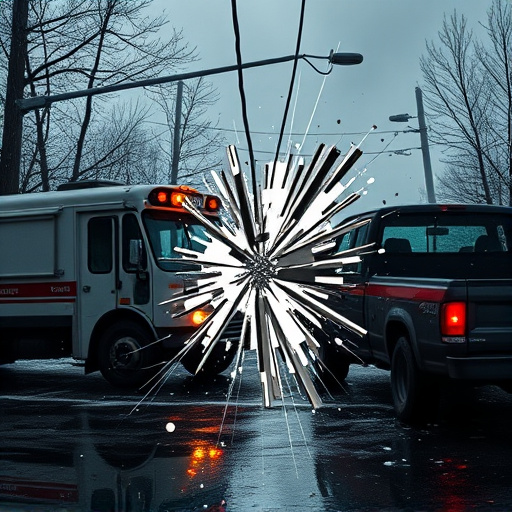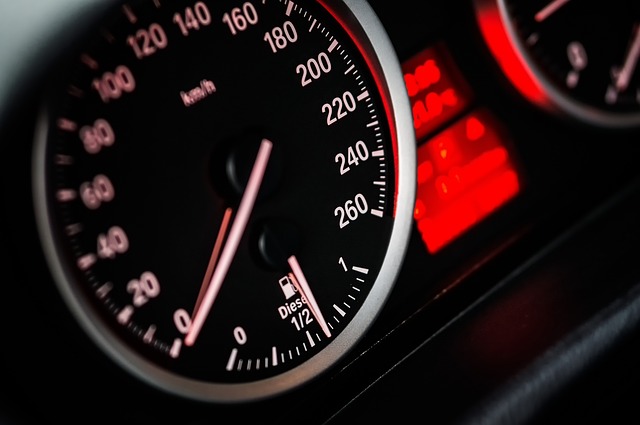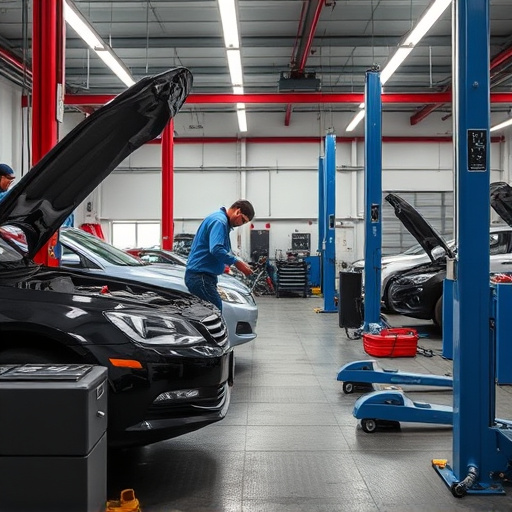Mercedes camera alignment is vital for Advanced Driver Assistance Systems (ADAS) functionality and safety. Accurate alignment ensures cameras provide clear data for ADAS features like adaptive cruise control and lane keeping assist. Regular alignment prevents misalignments, enhancing system effectiveness and driver experience. Reputable car bodywork services offer this critical maintenance to support Mercedes' advanced technologies.
Mercedes camera alignment is a critical aspect of Advanced Driver Assistance Systems (ADAS) functionality. This article delves into the essential process of aligning Mercedes’ sophisticated cameras, exploring its fundamentals and the crucial role it plays in ensuring safety. We’ll discuss how verification procedures test and calibrate these systems, ultimately enhancing vehicle performance and driver confidence. Understanding these processes is key to appreciating the advanced engineering behind modern automobiles, particularly Mercedes’ commitment to cutting-edge technology.
- Understanding Mercedes Camera Alignment Basics
- The Role of Verification in ADAS Functionality
- Ensuring Safety: Testing and Calibration Processes
Understanding Mercedes Camera Alignment Basics
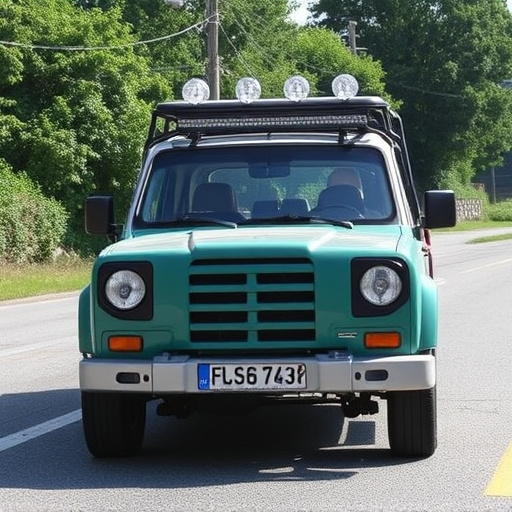
Mercedes camera alignment is a critical process that ensures the optimal positioning of sensors and cameras crucial for Advanced Driver Assistance Systems (ADAS). These systems, which include features like adaptive cruise control, lane keeping assist, and automatic emergency braking, rely on accurate data from various sensors and cameras to function properly. Proper Mercedes camera alignment not only enhances safety but also improves overall driving experience by enabling these advanced technologies to work seamlessly.
The process involves precise adjustments to the vehicle’s cameras, ensuring they capture clear and consistent images of the surroundings. This includes calibrating the lenses, adjusting zoom levels, and aligning each camera with the specific ADAS function it serves. Regular Mercedes camera alignment is essential, as even slight misalignments can lead to inaccurate data input, compromising the effectiveness of ADAS features. Therefore, reputable car bodywork services often include this critical step in their maintenance packages, alongside other essential services like car paint repair and vehicle bodywork repairs, to keep Mercedes vehicles running at peak performance.
The Role of Verification in ADAS Functionality

In the realm of modern automotive technology, Advanced Driver-Assistance Systems (ADAS) are revolutionizing the way vehicles interact with their surroundings and enhancing safety on the roads. Mercedes camera alignment plays a pivotal role in ensuring the optimal performance of these systems. Proper alignment ensures that cameras capture clear and accurate images, which are then processed by ADAS algorithms to detect objects, lane markings, and other vehicles. Verification of this functionality is crucial; it involves rigorous testing to confirm that each camera is aligned perfectly, contributing to the system’s overall effectiveness.
This verification process goes beyond mere visual inspection. It includes sophisticated simulations and real-world tests to mimic various driving scenarios, ensuring the ADAS can accurately perceive and react to different conditions. In the context of Mercedes vehicles, this meticulous approach to camera alignment and verification not only improves safety but also adds value to the car restoration or classic car restoration process, where precision is paramount, much like dent removal on a vintage vehicle.
Ensuring Safety: Testing and Calibration Processes

Mercedes camera alignment goes beyond mere adjustment to ensure optimal visibility. It’s a critical process that drives the safety features of Advanced Driver Assistance Systems (ADAS). Each component, from lane departure warnings to adaptive cruise control, relies on accurate camera placement and calibration. This meticulous testing involves simulating real-world scenarios, including sharp turns, emergency stops, and varying weather conditions. By doing so, auto body shops specializing in Mercedes repairs verify that the vehicle’s cameras capture precise data, enabling ADAS to make dependable split-second decisions.
Think of it as fine-tuning a symphony of safety features. A fender bender or minor collision could potentially disrupt camera alignment and impact these life-saving systems. That’s why thorough calibration is essential, ensuring that the vehicle’s bodywork—repaired expertly after any incident—maintains its alignment and continues to support ADAS functionality. This commitment to precision safeguards not just the driver but also other road users in today’s increasingly connected driving environment.
Mercedes camera alignment is a critical process that ensures the safety and efficiency of Advanced Driver Assistance Systems (ADAS). By verifying the functionality of these cameras, manufacturers like Mercedes can guarantee that their vehicles navigate with precision in various driving conditions. This meticulous alignment not only enhances overall performance but also plays a pivotal role in safeguarding drivers, passengers, and pedestrians alike on the road.
